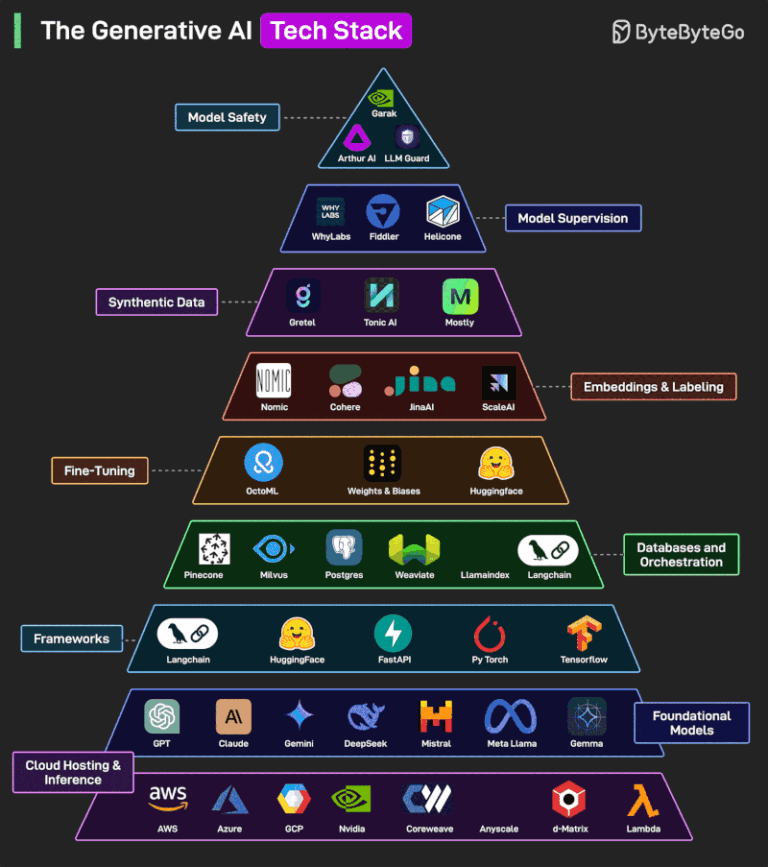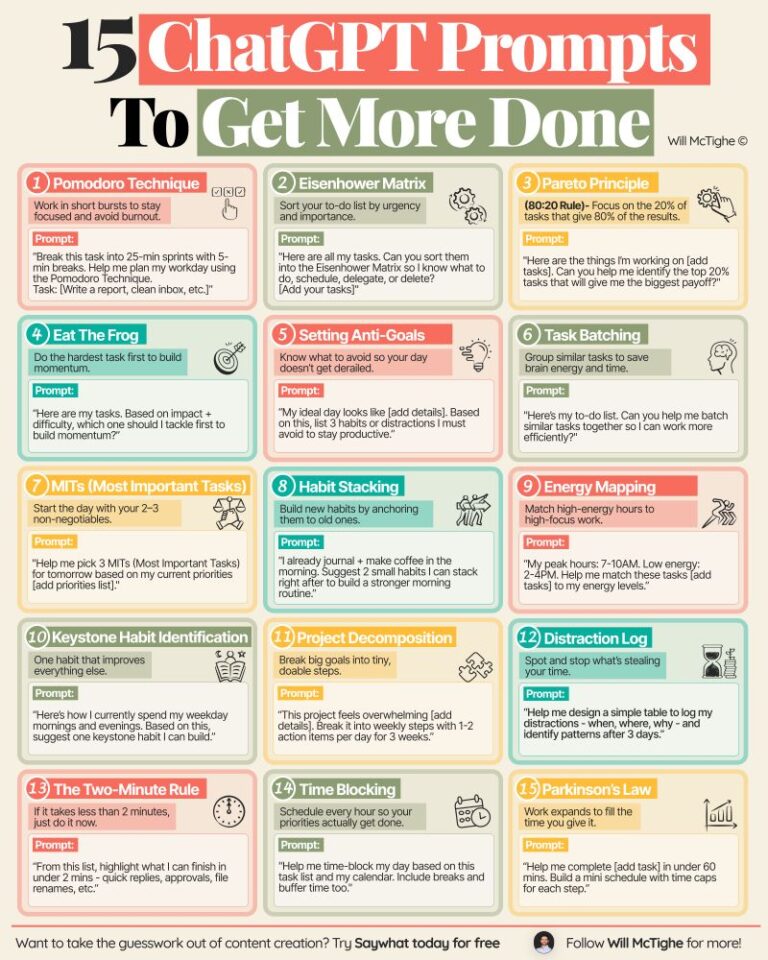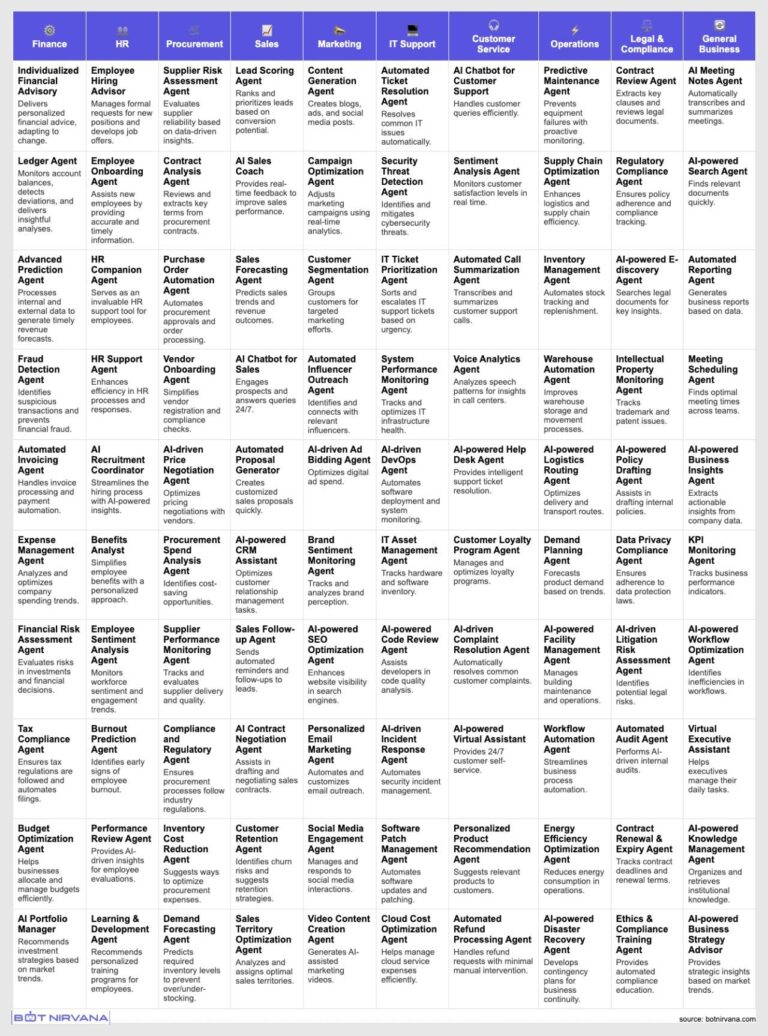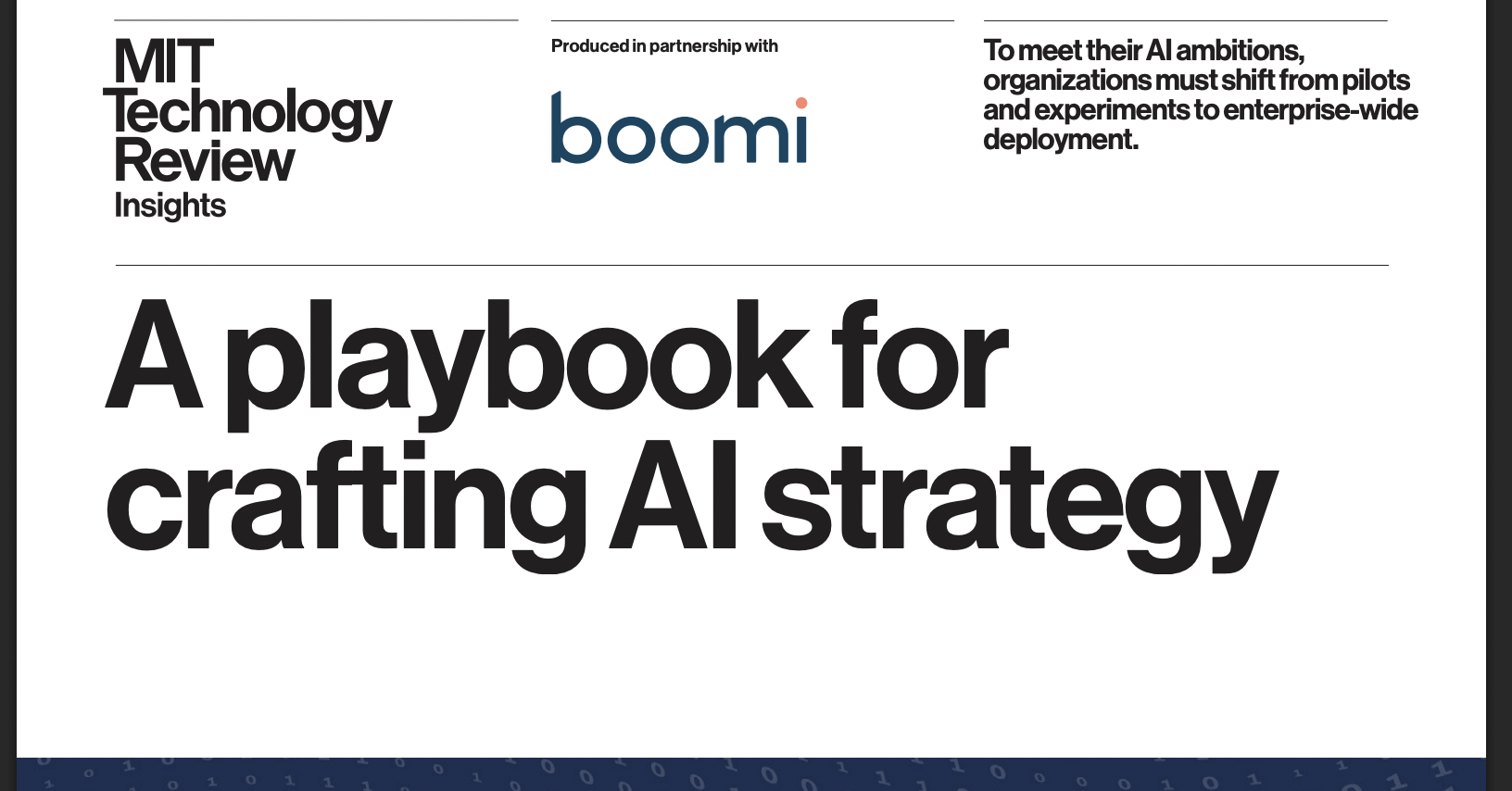AI Transparency Framework: Building Trust Through Accountability
A comprehensive AI transparency policy isn’t just about disclosure – it’s a crucial foundation for accountability, stakeholder confidence, and regulatory compliance. By documenting and communicating your AI practices clearly, you create auditable processes that protect your business while building lasting trust with customers, employees, and regulators.
Your transparency policy must establish clear documentation requirements for all AI systems. This includes maintaining detailed records of:
- Training data sources and potential biases
- Decision-making criteria and thresholds
- Human oversight roles and responsibilities
- Testing and validation procedures
- Update schedules
- Incident response protocols
When issues arise, having documentation readily available helps you respond quickly and effectively while demonstrating due diligence to stakeholders and regulators. Make this information accessible to authorized team members with clear version control.
Example 1: HR Decision Support Transparency
A manufacturing company implements AI for initial resume screening. Their accountability framework requires:
- Monthly reports tracking AI screening decisions by department and position level
- Documentation of screening criteria and their weights in decision-making
- Regular bias testing against protected characteristics
- Audit trails showing when human recruiters override AI recommendations and why
- Periodic reviews with department heads to assess system performance
When the company faced questions about hiring practices, this documentation helps them quickly demonstrate fair practices and regulatory compliance.
Example 2: Customer Service AI Accountability
A retail bank deploys AI chatbots for customer support. Their transparency system includes:
- Real-time logging of all AI-customer interactions
- Clear escalation paths when AI confidence levels fall below established thresholds
- Documentation of AI training updates and their impact on customer service metrics
- Periodic reports highlighting patterns in AI handoffs to human agents
- Archived transcripts for regulatory compliance and quality assurance
This system helps to address a customer complaint about AI mishandling, showing regulators their oversight processes.
This framework ensures you can demonstrate responsible AI use to any stakeholder while maintaining operational efficiency. Regular testing and documentation updates keep your transparency measures current with evolving technology and regulations.



